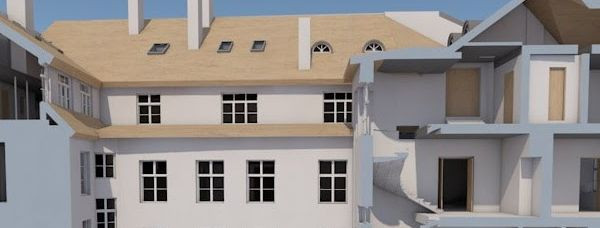How 360 virtual tours are transforming real estate
In the ever-evolving landscape of real estate, technology continues to play a pivotal role in transforming how properties are marketed and sold. Among the most significant advancements is the advent of 360 virtual tours. These immersive experiences allow potential buyers and stakeholders to explore properties from the comfort of their own homes, providing a comprehensive view that static images and traditional videos simply cannot match.
The Role of 360 Virtual Tours in Real Estate
360 virtual tours have revolutionized property listings by offering a dynamic and interactive way to showcase real estate. Unlike traditional photographs, these tours provide a panoramic view of the property, allowing viewers to navigate through rooms and spaces as if they were physically present. This level of detail and engagement significantly enhances the appeal of property listings, making them more attractive to potential buyers.
For real estate professionals, engaging clients is crucial. 360 virtual tours offer an innovative way to capture and maintain the interest of potential buyers. By providing an immersive experience, these tours allow clients to explore properties at their own pace, leading to a deeper connection with the space. This increased engagement often translates into higher conversion rates and more successful sales.
In today's globalized world, potential buyers may be located far from the properties they are interested in. 360 virtual tours eliminate geographical barriers, enabling remote property viewing. This is particularly beneficial for international clients or those unable to visit in person, as it allows them to make informed decisions without the need for physical travel.
Benefits for Architects, Engineers, and Developers
For architects and engineers, 360 virtual tours offer a powerful tool for design and planning. By visualizing spaces in a 360-degree format, professionals can better understand the spatial dynamics and make more informed decisions during the design phase. This leads to more accurate and efficient project outcomes.
Collaboration is key in the construction and real estate industries. 360 virtual tours facilitate better communication among team members by providing a shared visual reference. This enhances collaboration between architects, engineers, developers, and clients, ensuring that everyone is on the same page and reducing the likelihood of misunderstandings.
By providing a detailed and accurate representation of a property, 360 virtual tours can help reduce costs and time associated with site visits and revisions. This efficiency is particularly valuable for large-scale projects, where time and budget constraints are often significant concerns.
Technological Advancements in 360 Virtual Tours
The integration of virtual reality (VR) and augmented reality (AR) with 360 virtual tours is a game-changer for the real estate industry. These technologies enhance the immersive experience, allowing users to interact with the environment in new and exciting ways. This not only improves the user experience but also provides valuable insights for developers and marketers.
High-resolution imagery is crucial for creating realistic and detailed 360 virtual tours. Advances in camera technology have made it possible to capture stunningly detailed images, providing viewers with a clear and accurate representation of the property. This level of detail is essential for making informed decisions and adds significant value to the virtual tour experience.
Modern 360 virtual tours often include interactive features such as clickable hotspots, informational pop-ups, and integrated analytics. These features enhance the user experience by providing additional context and information about the property. Analytics also offer valuable insights into user behavior, helping real estate professionals refine their marketing strategies and better understand client preferences.
Future Trends in 360 Virtual Tours for Real Estate
As technology continues to advance, the future of 360 virtual tours in real estate looks promising. Emerging trends include the use of AI to personalize tours, the incorporation of live virtual tours with real-time interaction, and the expansion of virtual staging options. These innovations will further enhance the capabilities of 360 virtual tours, making them an indispensable tool for real estate professionals.






Comments (0)